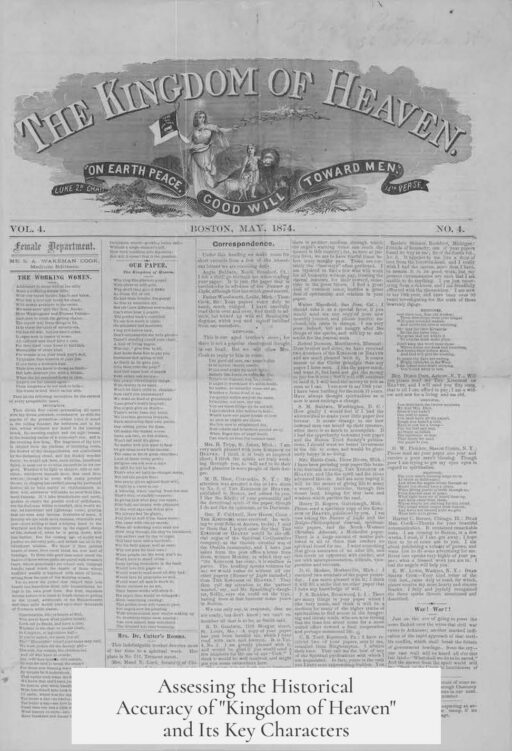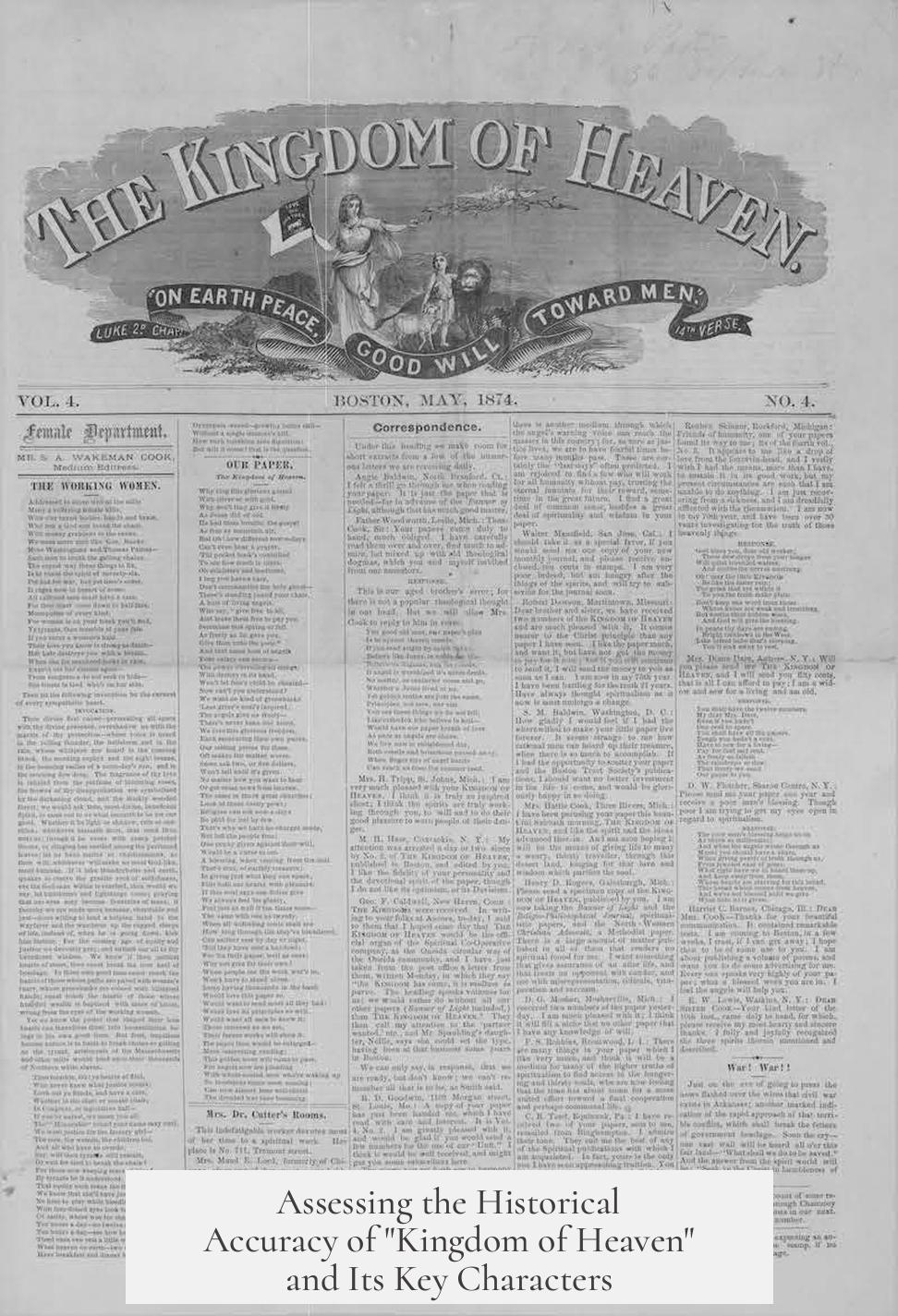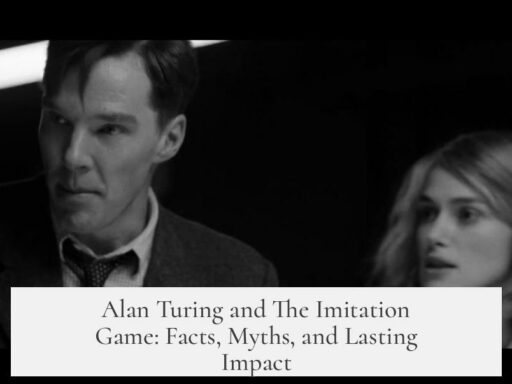Kingdom of Heaven presents a mix of accurate and fictional elements. It captures the atmosphere and appearance of the time well but diverges significantly from historical facts. The film’s setting and costume design convey a strong sense of the era, yet its story and character portrayals take considerable liberties.
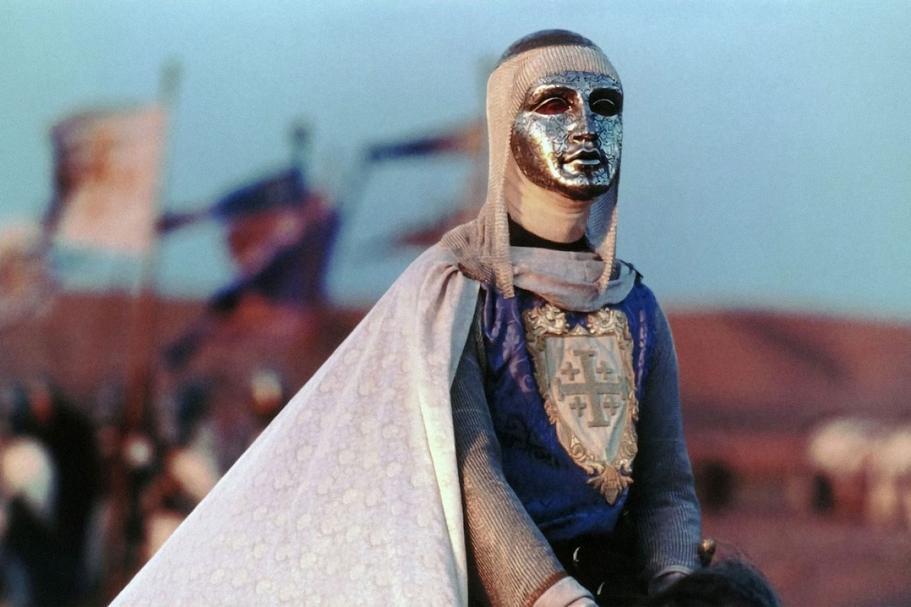
The film was shot in North Africa, which visually differs from the actual Kingdom of Jerusalem. This choice affects the authenticity of landscapes and cityscapes. Still, the production succeeds in creating a convincing medieval ambiance.
Many characters in the movie, including Balian d’Ibelin and Salah-ad-Din, have real historical counterparts. However, their depiction in the film is largely fictionalized. For example, Balian was not a humble blacksmith, nor was he shipwrecked as the story suggests.
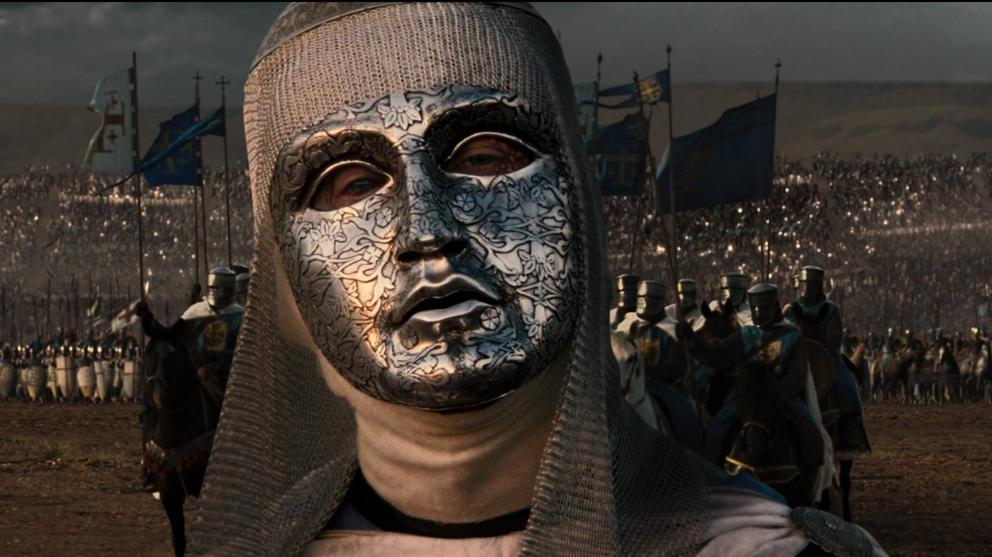
Balian d’Ibelin was a nobleman born inside the Kingdom of Jerusalem. Unlike the movie, he was married to Maria Komnene, a dowager queen, and had children. He never shared a romantic involvement with Sybilla, the queen featured in the film. His role during the fall of Jerusalem was significant, but different from the film’s narrative.
Historically, Balian fought at the Battle of Hattin and was among the survivors. Instead of fleeing, he went to Jerusalem to protect his family. When Salah-ad-Din’s forces surrounded the city, Balian led its defense and negotiated the surrender. This is one key event the film portrays with reasonable fidelity.
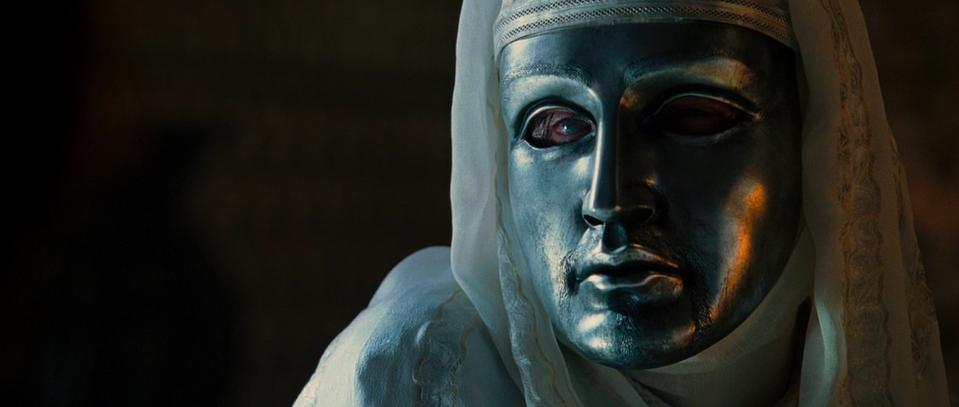
- The story adapts events but invents character motivations and personal backstories.
- The battle scenes emphasize drama over detailed military accuracy.
- City size and geographic features are exaggerated beyond historical reality.
The portrayal of religious tolerance and faith is another area where the film departs from history. The movie highlights ideas of tolerance and questioning religion through Balian’s character. Yet, evidence suggests such attitudes were rare at the time.
Salah-ad-Din, for example, is depicted as more tolerant than he was. While sometimes pragmatic, his treatment of Christian prisoners and captured relics was harsh. After the siege of Jerusalem, he reportedly dragged the True Cross through the streets tied to his horse’s tail, a symbolic gesture of triumph. He either ransomed or enslaved many Christian inhabitants instead of showing clemency.
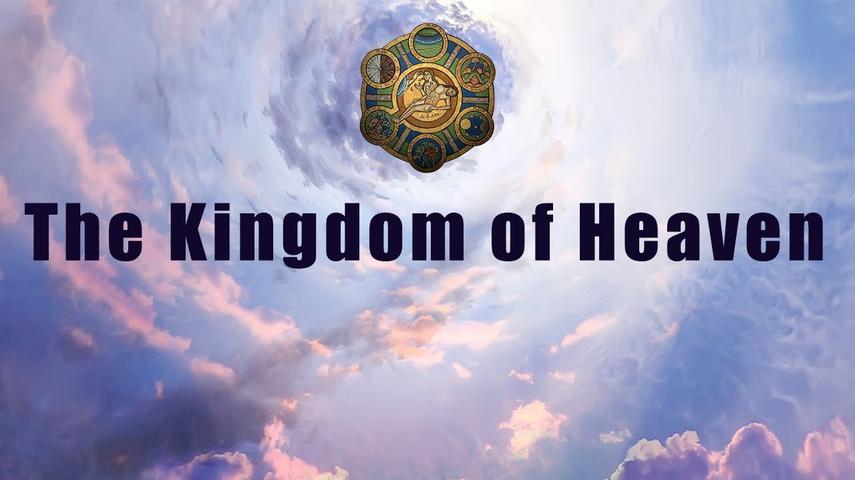
Overall, the movie’s attempt to explore religious complexity is largely fictional. It simplifies the brutal realities of the Crusades.
Jerusalem’s appearance in the film also diverges significantly from reality. The city’s walls shown on screen are far larger and more imposing than the historical 12th-century walls. Modern Jerusalem’s extensive walls were built in the 16th century by Suleiman the Magnificent. The city’s actual size then was under a mile across, much smaller than depicted.
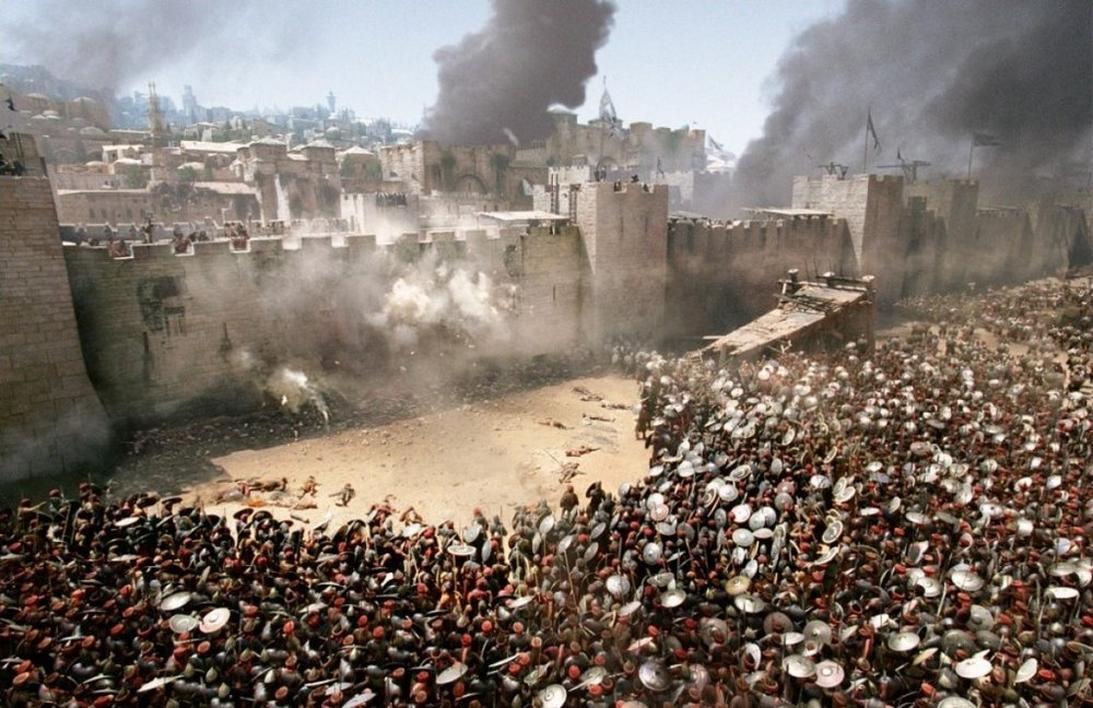
The geographic layout is less dramatic than the film suggests. Scenes where Balian climbs a mountain to reflect overlook an exaggerated landscape. The Church of the Holy Sepulchre was present then but is much closer to city gates than shown. The film prioritizes epic visuals over geographical accuracy.
| Aspect | Historical Reality | Film Depiction |
|---|---|---|
| Jerusalem Walls | Small, under 1 mile wide | Massive, castle-like, similar to Minas Tirith |
| Balian d’Ibelin | Born nobleman, married to Maria Komnene | Blacksmith, widower, fictional backstory |
| Salah-ad-Din | Ruthless conqueror, dragged True Cross | Tolerant leader who admired Christianity |
| Religious Attitudes | Mostly intolerant, violent Crusades | Focused on tolerance and questioning |
In terms of scale and character dramatization, Ridley Scott’s Kingdome of Heaven resembles fantasy epics like Tolkien’s Minas Tirith more than the real medieval city. The film magnifies the siege and political intrigue to fit cinematic storytelling.
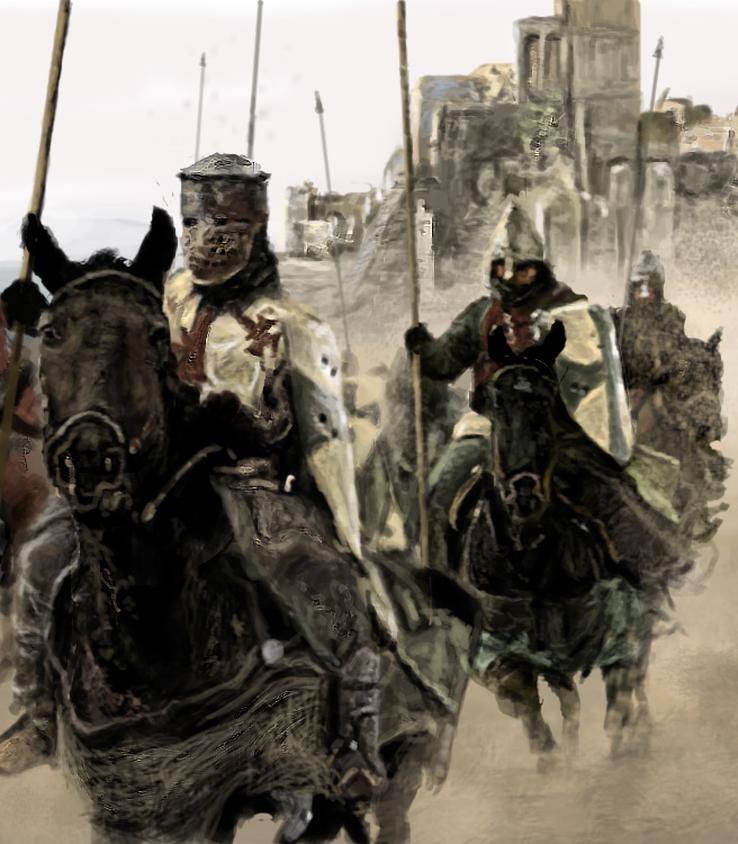
Similar to movies like Abraham Lincoln: Vampire Hunter, the film uses historical events and figures as a framework but delivers a largely fictionalized narrative. It captures the period’s mood but not its exact history.
- The film is visually compelling but historically flexible.
- Character arcs and motivations mostly invented or altered.
- Religious tolerance themes are anachronistic portrayals.
- Geographic and architectural settings are exaggerated.
- Key historical events like the Battle of Hattin and Jerusalem’s fall appear loosely.
How Historically Accurate is “Kingdom of Heaven”?
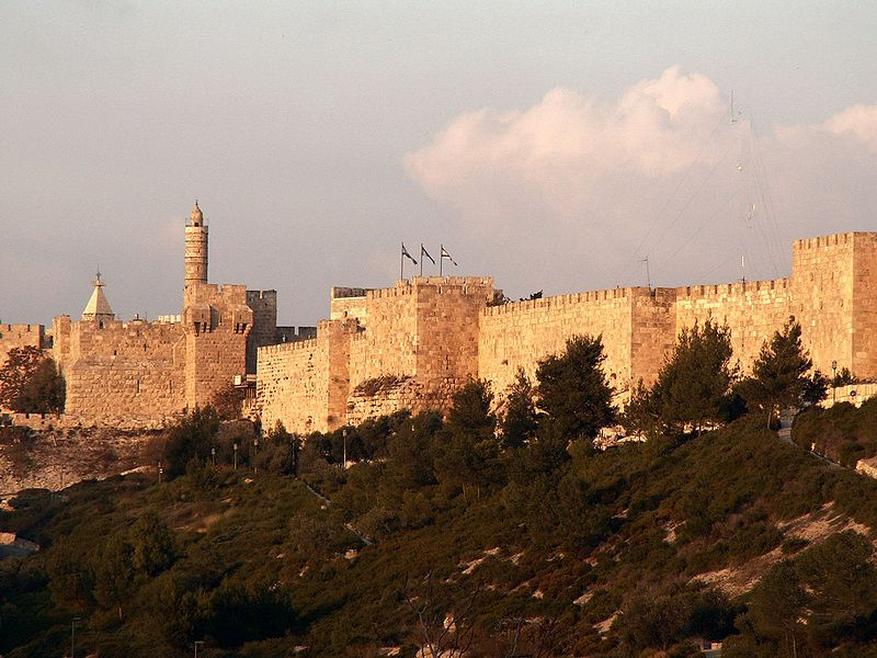
“Kingdom of Heaven” nails the vibe of medieval Jerusalem but spins a story far removed from the dusty pages of history. This Ridley Scott epic dazzles with lush visuals, sweeping battles, and towering walls, yet its historical footing wobbles quite a bit. Are you ready to separate fact from cinematic fiction?
First, let’s talk about what the film gets right. The movie absolutely captures the *mouthfeel* of the late 12th century Crusader Kingdom of Jerusalem. Costuming and set design ooze authenticity, giving life to the medieval era. It was filmed largely in North Africa, which messes a bit with the geography—though if you squint, that sun-drenched desert does evoke the Middle East in spirit.
Still, it’s a big stretch to say the film deposits you smack in the historical Kingdom of Jerusalem. The real Jerusalem was far less grand than the game of cinematic make-believe we see on screen. For one, the city’s walls were nowhere near as massive or dramatic as Ridley Scott’s fantasy fortress. In fact, the current iconic walls were built in the 16th century by Suleiman the Magnificent, long after the Crusader period. The old city itself is tiny, less than a mile across at its widest point. You won’t find sprawling medieval citadels looming like the fictional Minas Tirith from “The Lord of the Rings.”
Think about this: the city feels more like a vast medieval castle perched atop a mountain, but in reality, Jerusalem’s terrain is quite gentle. Balian d’Ibelin, the film’s lead hero, famously scales a mountain to meditate or glimpse distant battles, but the Church of the Holy Sepulchre—the true religious heart of Jerusalem—is a brief walk from Jaffa Gate, not a mountain pilgrimage.
The Real Balian d’Ibelin Versus the Movie Hero
Speaking of Balian d’Ibelin, the film’s version diverges wildly from the historical figure. The movie’s Balian is a brooding blacksmith-turned-knight, mourning a dead wife and grappling with deep doubts. The truth? Balian was a nobleman, born within the kingdom’s walls to a powerful family. No blacksmith backstory, no tragic widower act, no shipwreck drama.
In reality, Balian was married to Maria Komnene, the dowager queen, and had four children. His personal life was far from the romantic entanglements depicted on-screen—he never romanced Sybilla, who was actually linked to his brother Baldwin. Historically, Balian did survive the disastrous Battle of Hattin and took charge in Jerusalem during Salah-ad-Din’s siege, negotiating surrender terms. So while there’s a kernel of true heroism, the movie stirs in a generous helping of fiction.
Historical Characters and Scenes: Fact or Hollywood Fiction?
Many characters featured were real, yes. The film includes moments inspired by historical records, like Salah-ad-Din ordering the execution of Reynald de Chatillon in front of Guy de Lusignan after Reynald’s unforgivable offense involving a stolen cup of water. That one’s spot-on! Yet, most of the story arcs are inventions.
While the movie paints Balian as a questioning, possibly agnostic figure preaching religious tolerance, history tells a different tale. Balian was unlikely to be an atheist or skeptical of faith—such religious doubt wasn’t common or well-documented among Crusader nobility. Even more striking is the portrayal of Salah-ad-Din’s tolerance. Film viewers see a noble warrior respecting Christian symbols, but the historical record shows a harsher side.
The Real Salah-ad-Din: Not Quite the Religious Peacekeeper
The movie’s final scene shows Salah-ad-Din thoughtfully redrawing a Christian cross, hinting at mutual respect. Reality? Not so much. After the siege of Jerusalem, he reportedly tied the True Cross relic to his horse’s tail and paraded it through the streets—a less-than-diplomatic gesture. While killing Christian inhabitants wasn’t standard procedure, the conqueror often demanded ransom or enslaved tens of thousands. Approximately 18,000 to 20,000 Franks were ransomed, and around 15,000 were sold into slavery after Jerusalem fell.
This paints a grimmer picture than the film’s warm, inclusive narrative. The romanticized version of religious acceptance on both sides is more wish fulfillment than historical truth.
The Scale and Set Design: Fantasy Overshadows Reality
Ridley Scott clearly wanted to impress viewers with grand visuals—so much so that some sets look more like fantasy landscapes than archaeological reconstructions. Karak castle, for example, appears as a skyscraper-sized behemoth, towering far beyond any plausible medieval fortification. Jerusalem itself seems more like a sprawling metropolis or mythical kingdom than a modest walled city constrained by Hills and gentle topography.
Compare scenes from “Kingdom of Heaven” to very real maps and photos of the old city here via satellite and historical maps such as this one from 1961. The reality is far less cinematic.
How Does “Kingdom of Heaven” Stack Up Historically?
If you want a nutshell verdict: it’s about as accurate as Abraham Lincoln: Vampire Hunter. The characters and events existed in some form, but the film paints over much of reality with Hollywood brushstrokes. It’s a sweeping epic with kernels of history buried beneath drama, romance, and spectacle.
This doesn’t mean the movie isn’t worth watching. It makes the medieval Crusader world accessible and sparks curiosity about a complex period. But viewers hungry for precision should keep a good history book nearby.
Why Does It Matter?
“Kingdom of Heaven” indulges the imagination but can skew our understanding of history. Should we care? Absolutely. Movies shape perceptions. When romanticizing figures like Balian or Salah-ad-Din, storytellers mold ideas of tolerance, faith, honor, and conflict. Knowing which parts are fact can deepen appreciation and respect for the real complexity behind the Crusades.
Ask yourself: What stories do films gloss over or invent? How might that change how we see today’s religious or cultural tensions? These reflections are a valuable byproduct of mixing historical fact with fiction.
Final Takeaway and Tips for History Buffs
- Enjoy the spectacle: Let the movie’s visual and dramatic power pull you in like any blockbuster.
- Separate drama from facts: Use the film as a springboard for learning. Research Balian d’Ibelin, Salah-ad-Din, the Battle of Hattin, and the real Jerusalem siege.
- Look for scholarly works: Grab books on Crusader history or reputable documentaries to balance out Hollywood’s flair.
- Visit historical sites virtually: If you can’t make the trip, explore resources like Google Maps or museum pages to grasp actual geography and structures.
In the end, “Kingdom of Heaven” is an evocative, gripping story. It’s a tale of valor, faith, and destiny—wrapped in a package with a mixed historical payload. Appreciating it means embracing the magic of storytelling while respecting history’s shades and shadows.
